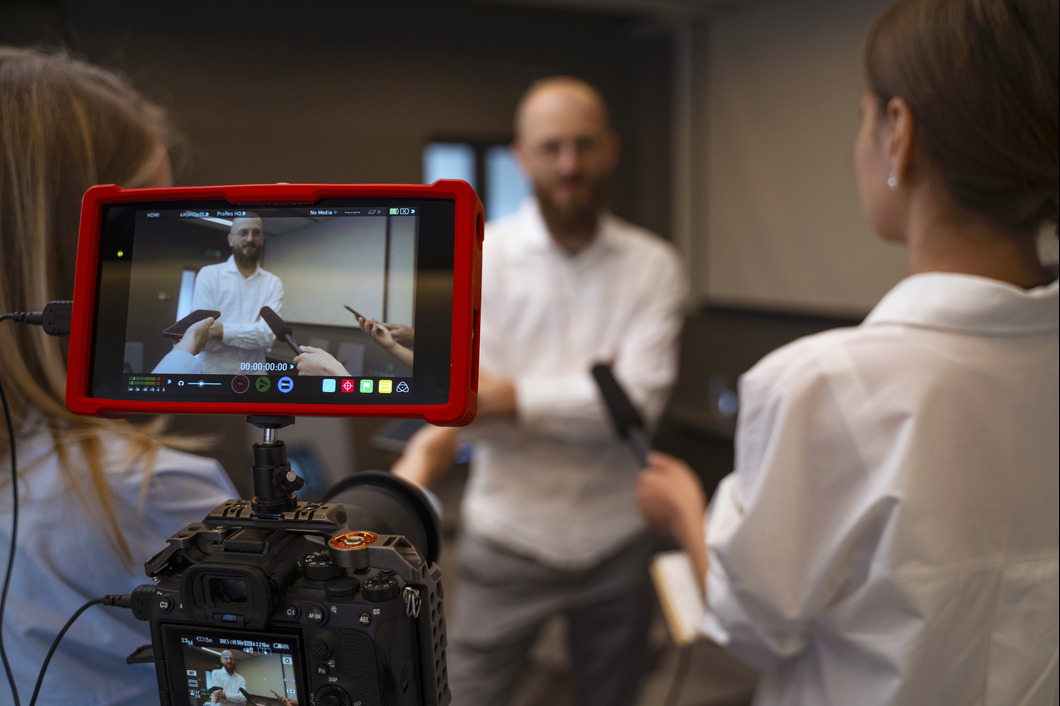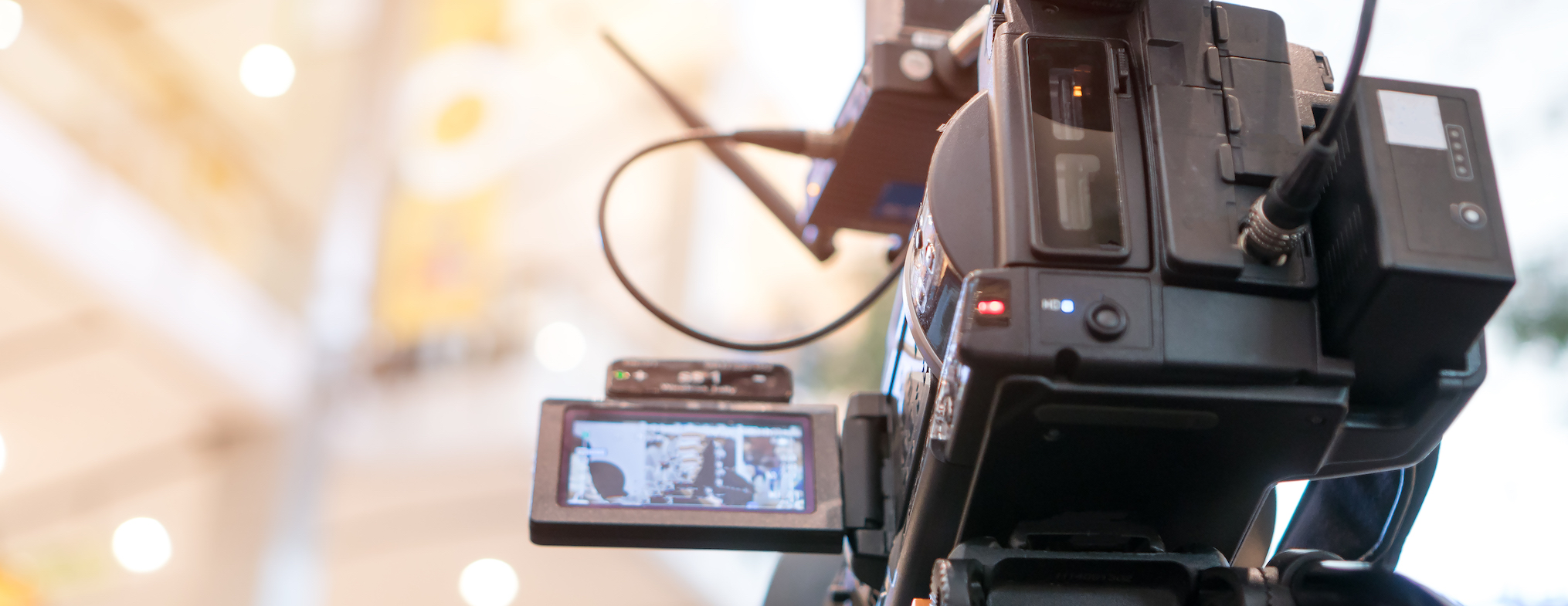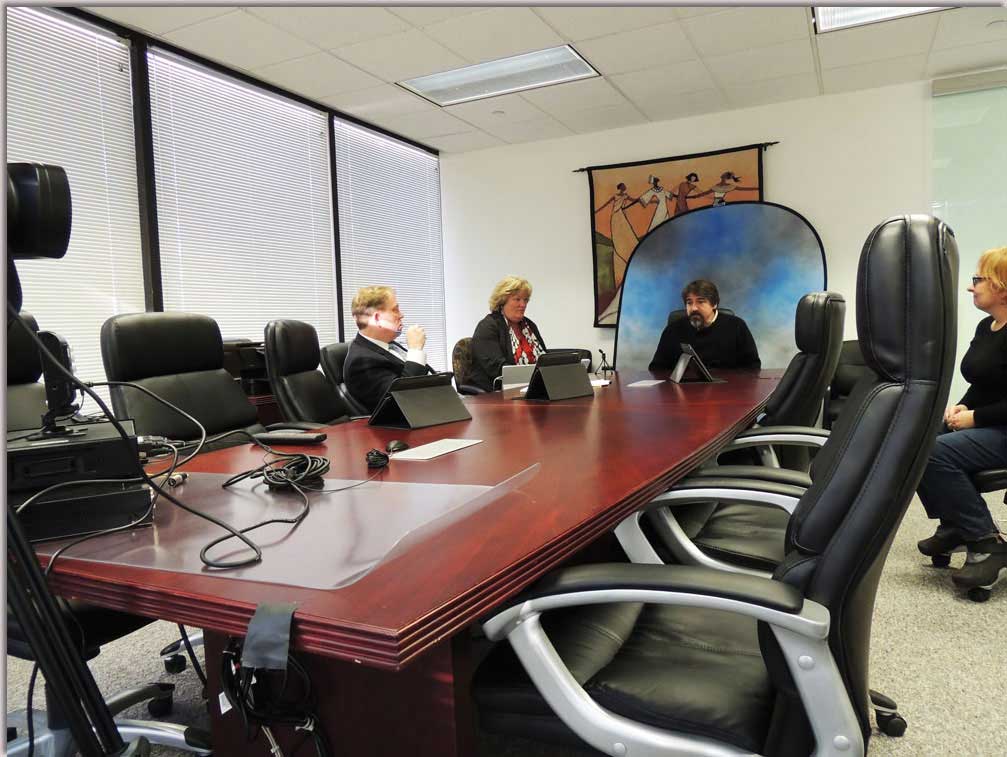How to Select the very best Legal Videography Solution for Your Requirements
How to Select the very best Legal Videography Solution for Your Requirements
Blog Article
Exploring the Devices of Lawful Videography: Unveiling Its Operation in Safeguarding Genuine Visual Testimony for Judicial Process
In the realm of judicial procedures, the role of lawful videography stands as a keystone in maintaining and providing aesthetic evidence. As modern technology continues to breakthrough, the systems behind lawful videography have come to be increasingly complex, providing a critical layer of credibility to testimonies recorded on video.
Historic Development of Lawful Videography
Analyzing the historical development of legal videography exposes a significant improvement in the recording and presentation of visual proof within the lawful landscape. In the past, legal procedures greatly relied upon written pictures and transcripts to document events and supply proof. However, with the development of video clip modern technology, the legal industry saw a standard change in just how visual testimony was caught and provided.
The advancement of lawful videography can be mapped back to the late 20th century when advancements in video recording equipment made it much more easily accessible for usage in courts. This technical improvement not just improved the accuracy and dependability of visual evidence but also revolutionized the way cases were presented to juries and courts (Legal Videography). Lawyers began to acknowledge the persuasive power of video recordings in conveying feelings, subtleties, and non-verbal hints that composed pictures or records alone could not capture effectively

Technology Advancements in Video Documentation
What key technical innovations have changed video clip paperwork in the legal field? The legal area has seen significant advancements in video clip documents innovation that have enhanced the credibility and integrity of visual proof in judicial proceedings. Among the vital advancements is high-definition (HD) video recording capabilities, which provide crystal-clear images and sharp information that are important for precisely capturing testimonies, faces, and other visual signs. Furthermore, the integration of timestamping and metadata attributes in video documentation devices has made it possible for exact documentation of when and where the video clip was taped, ensuring the honesty of the evidence offered in court.
Moreover, improvements in video clip file encryption and watermarking modern technologies have boosted the safety and security and tamper-proof nature of video clip proof, protecting it versus unapproved alterations or meddling. In addition, the introduction of cloud storage space remedies and remote access abilities has structured the storage space, retrieval, and sharing of video evidence, promoting seamless partnership amongst lawyers and ensuring effective accessibility to critical visual statements when required. These technical innovations in video documentation have undoubtedly transformed the lawful field, improving the precision, reliability, and admissibility of visual evidence in judicial procedures.
Function of Legal Videographers in Courtroom Settings
The development of video documentation modern technology in the lawful field has actually demanded a vital function for legal videographers in court room settings, ensuring the honesty and dependability of visual testaments provided during judicial process. Legal videographers play a fundamental function in capturing and maintaining precise visual proof that can be critical in court instances. Their obligation includes setting up equipment, taping procedures, and creating high-grade videos that properly show the occasions in the court.
In court room settings, lawful videographers should stick to strict standards and standards to preserve the credibility of the visual document. They must possess an eager eye for detail and a complete understanding of legal procedures to make certain that the footage they record is a real representation of the occasions that took place. Additionally, lawful videographers often work very closely with lawful teams to make sure that the video clip evidence aligns with the instance's demands and can be properly presented in court to support the legal debates being made. Overall, the role of lawful videographers in court room settings is important in promoting the principles of justice and guaranteeing the transparency of lawful process.

Ensuring Admissibility and Honesty of Video Evidence
To keep the credibility of visual proof provided in lawful process, guaranteeing the admissibility and stability of video clip proof is a crucial obligation for lawful videographers. Admissibility describes the acceptance of evidence by the court, and for video evidence to be acceptable, it needs to fulfill certain criteria. Legal videographers play a vital duty in making certain that the videos they capture adhere to the guidelines of proof, such as authenticity, reliability, and relevance.
Integrity of video clip proof entails keeping the creativity and accuracy of the footage from the time it is recorded until it exists in court. This consists of firmly keeping the video files, documenting the chain of guardianship, and preventing any meddling or changes. Lawful videographers should stick to strict methods to ensure the stability of the video proof and stop any challenges to its credibility.
Future Trends in Legal Videography
Given the increasing reliance on modern technology in learn the facts here now legal procedures, legal videographers are positioned to accept innovative advancements forming the future of visual testimony capture and discussion. One of the noticeable patterns coming up is the assimilation of online fact (VIRTUAL REALITY) and augmented fact (AR) innovations into lawful videography. These technologies have the possible to transform just how visual proof is provided in courtrooms, enabling judges and courts to submerse themselves click this site in the scene of the crime or case.
Additionally, making use of man-made knowledge (AI) algorithms for video clip analysis is expected to simplify the process of assessing and evaluating huge amounts of video clip footage. AI can aid in determining vital moments, abnormalities, and patterns within video clips, enhancing the effectiveness of lawful investigations.

Verdict
To conclude, lawful videography has played a crucial duty in providing genuine aesthetic evidence for judicial process. Through technological innovations and the know-how of legal videographers, the stability and admissibility of video clip evidence are made sure in court room settings. As legal videography remains to evolve, it will certainly be essential to support criteria that maintain the accuracy and dependability of aesthetic testimony for the future of legal procedures.
Examining the historic development of Discover More lawful videography reveals a considerable improvement in the recording and presentation of visual evidence within the lawful landscape.The advancement of video clip documentation innovation in the legal area has actually necessitated a critical duty for lawful videographers in court room settings, guaranteeing the stability and dependability of aesthetic testaments offered throughout judicial process. Additionally, lawful videographers frequently work closely with legal teams to guarantee that the video evidence aligns with the case's requirements and can be effectively presented in court to support the legal debates being made.To keep the credibility of visual proof offered in lawful procedures, making certain the admissibility and stability of video clip proof is a crucial obligation for legal videographers. As legal videography proceeds to advance, it will certainly be necessary to maintain requirements that preserve the accuracy and integrity of aesthetic statement for the future of legal proceedings.
Report this page